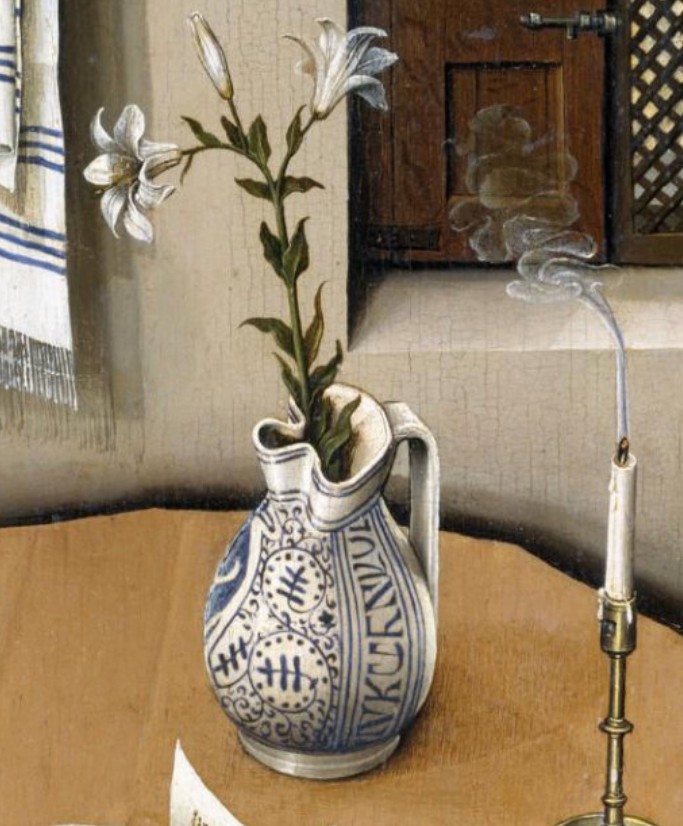Reading the Illegible
The Christian cultural perspective on Hebrew script oscillates between reverence for the language of Sacred Scripture and a sense of mystification toward the characters, which are often indecipherable to most creators and audiences of Christian visual arts. In Christian artworks, Hebrew inscriptions frequently adorn objects like tablets, scrolls, books, shields, and tombstones. These inscriptions symbolize significance, regardless of whether their content is inherently meaningful or comprehensible to the viewer.
In contrast, artworks designed for Jewish audiences use Hebrew inscriptions to convey messages that resonate with the viewer’s understanding of the language. Historically, the paleo-Hebrew script appeared on ancient Israelite coins and was later revived in early Zionist art, continuing its legacy in modern Israeli coinage. While Hebrew was seldom the primary spoken language among Jews after late antiquity—except in pre-state and contemporary Israel—it has remained central to Jewish religious and cultural identity.
Hebrew inscriptions, alongside or replacing vernacular languages, have historically adorned Jewish sacred spaces, ritual objects, and sepulchral art. Despite linguistic diversity, the Hebrew "square" script has endured as the standard for Holy Scriptures, liturgical texts, rabbinical scholarship, and religious literature. Moreover, the Hebrew alphabet has facilitated linguistic blends, such as Ladino and Yiddish, underscoring its adaptability and enduring significance.

